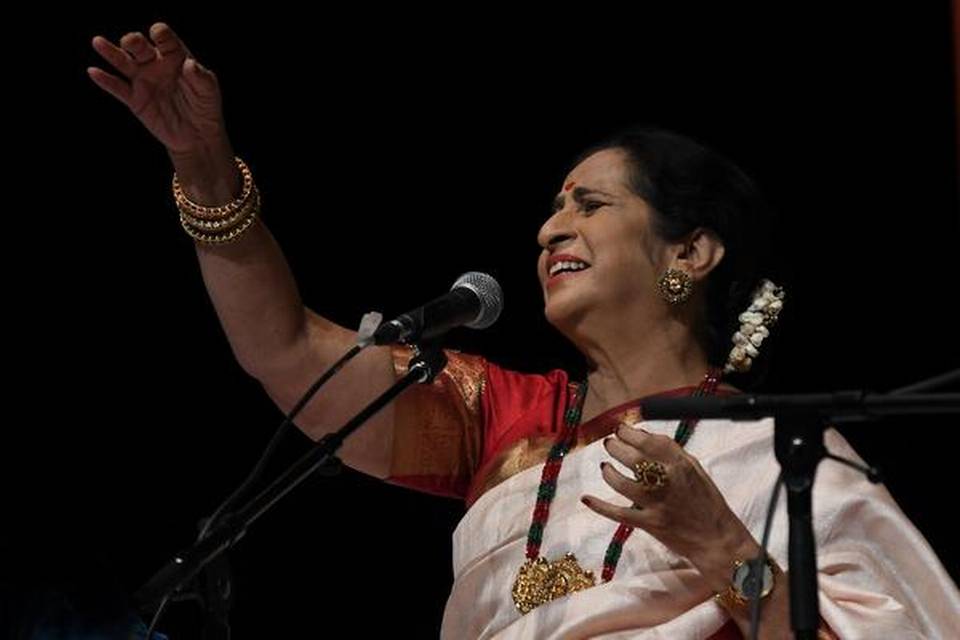Delineating hidden rhythms and uncommon ragas
-

By Manjari Sinha
Vidushi Aruna Sairam and Pts. Rajan and Sajan Mishra made personal statements of immeasurable value at the Bharatiya Vidya Bhavan’s Sangeet Samaroh in New Delhi.
he three-day festival showcased two star performers each evening from the field of classical vocal, instrumental, and dance. The two major peaks to the overall festival perhaps were the Carnatic and Hindustani vocal concerts by Vidushi Aruna Sairam and Pt. Rajan and Pt. Sajan Mishra making personal statements of immeasurable value, styles, voices, and techniques on the opening and the concluding evenings respectively.
The festival opened with an appealing performance by the Padma Shri awardee, ‘Sangeeta Kalanidhi’, Aruna Sairam. Initiated into classical music at a tender age by her mother Rajlakshmi Sethuraman and further groomed under the legendary T. Brinda, Aruna has absorbed the finer nuances of Western, Hindustani and even film music to beautify her performances but ultimately it is her own aesthetic sense that makes all the difference.
Opening with the all-time favourite Thyagaraja composition ‘Samaja vara gamana…’ in Hindolam which is an equally popular Hindustani raga Malkauns, she took the Hindustani music listeners along from the very beginning.
The ‘Ardhanareeswaram…’ composed in Sanskrit by Muthuswami Dikshitara in raga Kumudakriya was aptly prefaced with the Ardhanareeswara sloka of Adi Shankaracharya. Purandara Dasa Kriti ‘Venkataramanane Baro…’ in raga Saveri brought her to the central piece, a detailed Ragam Tanam Pallavi in Kharaharapriya, again equivalent to Hindustani Kafi, where each of her mesmerising statements during the Ragam sequence enthralled the discerning Hindustani music lovers too.
The hidden rhythms of tanam reached the pallavi in Thyagaraja Kriti ‘Chakkani Raja…’, followed by the elaborate sargams and enthusiastic thani avartanam by the two percussionists J. Vaidyanathan on mridangam and Shri Ramani on ghatam, whose earthen instrument echoed the twinkling taar shadja with precise purity.
Reminiscing about her childhood chanting of the Lalitha Sahasranama, Aruna transported the listeners to a divine, spiritual realm where the woes of the day could be forgotten and the elevating joy of the blissful music experienced by both connoisseurs and lay listeners alike.
The Sanskrit shlokas from Lalitha Sahasranama and the Mahishasurmardini Stotra, with the beauty of its metrical elegance and the power and resonance of its literary eloquence; brought out the throbbing interiors of the vocalist’s inner world of devotion and bhakti.
Celebrating the Prakash Parv of Guru Nanak, Aruna concluded her mesmerising recital with the Nanak Shabad, “Thakur tum Sharnayi aya…” in raga Brindavani Sarang as indicated in Gurbani. The melodious violin of Vitthal Ramamurthy followed her like a shadow.

 Photos
Photos